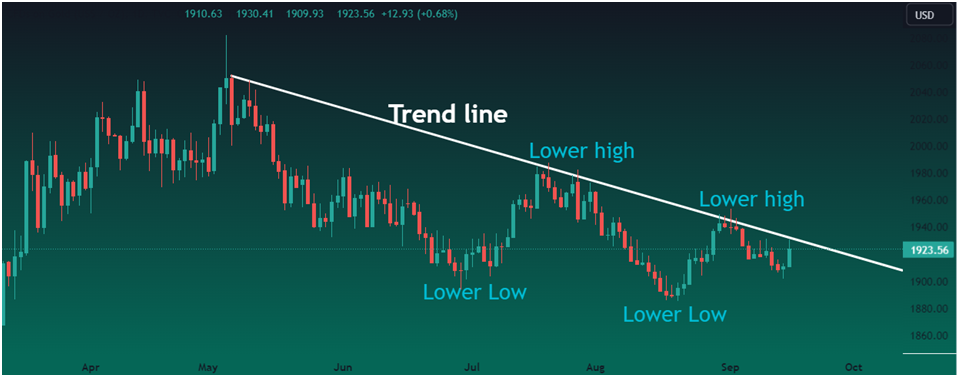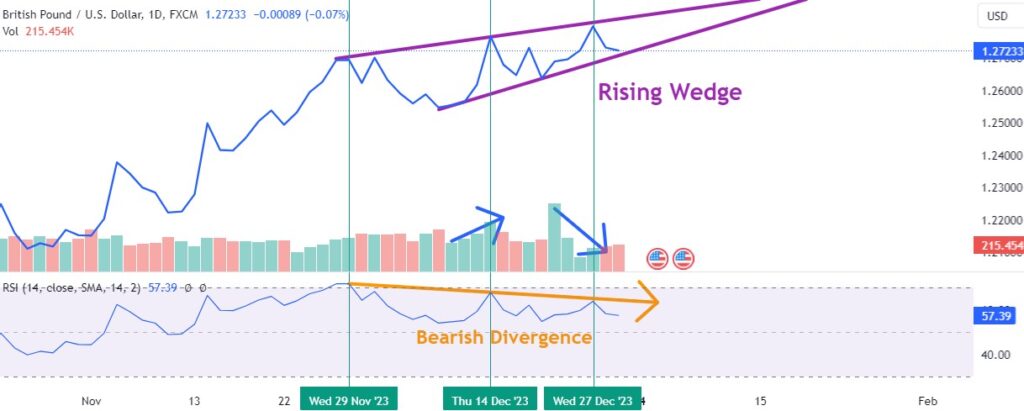Do you want to enhance forex trading profitability? Choosing the best times to trade forex can do this for you!
Forex market operates 24 hours a day, five days a week, spanning different time zones. With multiple trading sessions and various currency pairs available for trading, determining the best time to trade is crucial for optimizing profitability. In this article, we will explore the factors that influence the time to trade forex and how traders can make informed decisions based on market dynamics and personal preferences.
Contents
The Forex Market Trading Hours
The forex market is open 24 hours a day, starting with the Asian session, followed by the European session, and finally, the North American session. As one session closes, another one begins, ensuring continuous trading opportunities. You can access the forex market at any time during the trading week.
Major Forex Trading Sessions (in GMT)
- Asian Session (GMT 00:00 – 09:00)
The Asian session is the first to open and is characterized by relatively lower volatility. It includes financial centers such as Tokyo, Singapore, and Hong Kong. Major currency pairs like USD/JPY and AUD/USD are actively traded during this session.
- European Session (GMT 07:00 – 16:00)
The European session is considered the most active session, with significant trading volume. Financial centers in London, Frankfurt, and Paris are prominent participants during this session. Major currency pairs, including EUR/USD and GBP/USD, exhibit increased volatility.
- North American Session (GMT 13:00 – 22:00)
The North American session includes trading activity in New York, Toronto, and other major cities. It overlaps with the European session, leading to increased volatility and liquidity. Currency pairs involving the USD, such as USD/CAD and USD/CHF, are actively traded during this time.
Overlapping Sessions and Volatility
- Asian-European Overlap (GMT 07:00 – 09:00)
The overlapping period between the Asian and European sessions sees increased trading activity and liquidity. You may find better trading opportunities during this time, especially for currency pairs involving the euro and the Japanese yen.
- European-North American Overlap (GMT 13:00 – 16:00)
The overlapping period between the European and North American sessions is another high-activity phase. It presents potential trading opportunities, particularly for currency pairs involving the US dollar.
Factors Affecting Forex Trading Times
- Currency Pair Considerations
Different currency pairs exhibit varying levels of volatility during specific trading sessions. You should consider the characteristics of the currency pairs you want to trade and match them with the most active trading sessions for optimal results.
You can adopt different trading styles, such as day trading or swing trading. Day trading focuses on short-term price movements and often prefer high volatility during active trading sessions. Swing traders, on the other hand, seek to profit from larger price swings and may be more flexible with their trading times.
- Personal Preference and Lifestyle
The best time to trade forex also depends on the trader’s individual preferences and lifestyle. Some traders may prefer trading during specific sessions that align with their availability and comfort level.
What is the Best Time for You to Trade Forex?
It depends on your trading strategy and style. If your trading strategy is aimed at cashing the volatility, European Session will best suit you. On the other hand, if you love news-based trading, you should consider trading during American hours during which most of the economic news, affecting dollar, are released.
End Note
Timing plays a crucial role in forex trading success. Understanding the different trading sessions and the factors that influence currency pair volatility can help you identify the best times to trade forex. Additionally, considering individual preferences and lifestyle can lead to a more enjoyable and rewarding trading experience. Remember that each trader’s journey is unique, and consistent profitability requires continuous learning, discipline, and a well-planned trading approach.


